Among the cameras that have collected attention for their different capabilities is the Sony A7III. Beyond its prowess in capturing moments, the question of its battery life surfaces an important aspect for photographers looking for consistency in extended shooting sessions.
The Sony A7III is a highly regarded mirrorless digital camera that has gained popularity for its advanced features and capabilities, including its battery life. Here, we will answer this: What is the battery life of the Sony A7III? We will detail its specifications, factors affecting battery performance, strategies for optimizing battery usage, and its overall importance for photographers.
Let’s get started!
The Battery Life of The Sony A7III
The Sony A7III is equipped with an NP-FZ100 rechargeable lithium-ion battery, which is renowned for its high capacity and longevity. This battery model provides a CIPA-rated battery life of approximately 610 shots per charge when using the rear LCD screen and around 710 shots per charge when utilizing the electronic viewfinder (EVF). These ratings result from regulated testing procedures set by the Camera & Imaging Products Association (CIPA), ensuring a consistent benchmark for comparing battery performance across various camera models.
One of the most important factors is the type of shooting being undertaken. Continuous usage of power-intensive features like video recording or continuous burst shooting can speedily drain the battery, leading to a shorter operational time than casual photography.
Factors that Affect the Battery Life
The Sony A7III offers several features that can impact battery life. Its electronic viewfinder, for example, is a power-hungry component due to its high-resolution display and constant refresh rate. Similarly, utilizing the camera’s autofocus is high, or employing features like in-body image stabilization (IBIS) can contribute to higher power consumption.
Additionally, environmental conditions such as temperature can impact battery performance. Colder temperatures tend to decrease battery efficiency, whereas warmer conditions can sometimes improve it. Understanding these power-hungry elements can help photographers plan their shooting sessions accordingly and manage their battery usage effectively.
How to Optimize Battery Life
Photographers can use various strategies. Firstly, carrying spare batteries is a practical solution, especially during long shoots or when traveling. External battery packs or power banks can also be used to recharge the camera on the go, extending its operational time.
Secondly, adjusting camera settings can impact battery consumption. For instance, reducing the screen brightness or utilizing the camera’s power-saving mode can help conserve energy.
Turning off Wi-Fi or Bluetooth when not needed can further extend battery life. Furthermore, disabling unnecessary features like face detection or excessive image previews can contribute to power savings.
Additionally, shooting habits can influence battery life. Being mindful of the number of shots taken and avoiding excessive rings (constantly reviewing images on the LCD screen) can help conserve battery power. Planning shots in advance and capturing images purposefully rather than continuously can also contribute to a longer-lasting battery.
Importance for Photographers
The battery life of the Sony A7III holds huge significance for photographers, both starters and professionals. In a world where photography is intertwined with the instant sharing of images on social media platforms, a camera’s battery life can influence the ability to capture and share moments. Longer battery life provides the flexibility to shoot for extended periods without the constant concern of running out of power.
For professional photographers, mainly those working in events, weddings, or documentary settings, a reliable battery is important. It ensures that they can capture every moment without disruptions, offering peace of mind in fast-paced environments where every shot counts.
Landscape and wildlife photographers who often find themselves in remote locations or situations with limited access to charging facilities also benefit greatly from extended battery life, allowing them to maximize their time in the field.
Counterfeit Sony A7III Batteries
Counterfeit batteries are unofficial copies of genuine products, often of lower quality and potentially unsafe. Using counterfeit batteries can pose risks, including damage to the camera, reduced battery life, and even safety risks. It’s recommended to purchase batteries from reputable sources to ensure authenticity and safety.
Third-Party Batteries for the A7III
Third-party batteries are manufactured by companies other than the camera manufacturer. While they can be more affordable than OEM batteries, their quality and compatibility can differ. Some third-party batteries perform well, while others might have shorter lifespans or compatibility issues. It’s important to research and choose reputable third-party battery brands if opting for non-OEM options. You can go for the Wasabi and RAV Power as alternatives with success.
How Long Can Sony A7III Record 4k?
The duration for which the Sony A7III can record 4K video depends on the specific settings and storage capacity. Here are the approximate recording times for different recording modes and storage sizes.
- XAVC S 4K 24p 60Mbps: About 10 minutes per 8GB, up to approximately 8 hours and 35 minutes per 256GB.
- XAVC S HD 120p 100Mbps or 100p 100Mbps: Approximately 8 minutes per 8GB, totaling around 5 hours and 15 minutes per 256GB.
- XAVC S HD 120p 60Mbps or 100p 60Mbps: About 10 minutes per 8GB, up to roughly 8 hours and 35 minutes per 256GB.
- XAVC S HD 60p 50Mbps or 50p 50Mbps: Approximately 15 minutes per 8GB, totaling around 10 hours and 25 minutes per 256GB.
It’s important to note that these durations are rough estimates and can be different based on factors such as the problem of the scene being recorded, the presence of motion, and other video settings.
Additionally, recording times might be affected by the capacity and speed of the memory card being used. Larger memory cards with faster write speeds can allow for longer continuous recording sessions.
Conclusion
The battery life of the Sony A7III is an important aspect of its overall performance and utility. With its impressive CIPA-rated shot counts and many different features, the camera offers photographers a reliable tool for capturing a wide range of subjects and scenes.
While various factors, such as shooting style, environmental conditions, and feature usage, can impact battery performance, photographers can adopt practical strategies to optimize battery usage and prolong shooting sessions. If you’re a photography fan, this camera’s decent battery life might make your creative guide smoother.
As you head out with your A7III, keep snapping because now you know the battery’s got your back.</p

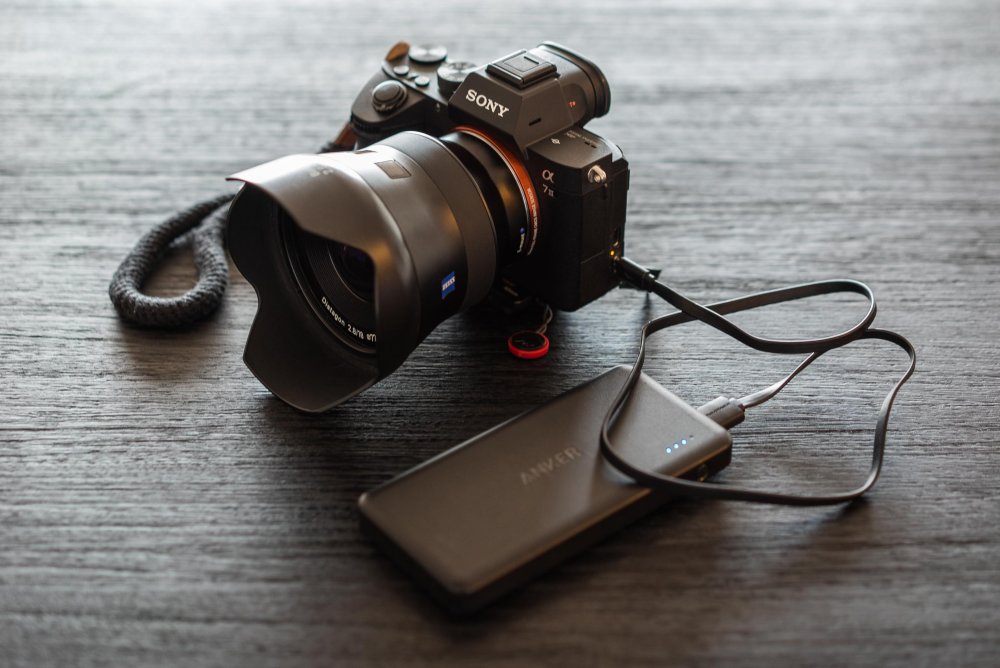
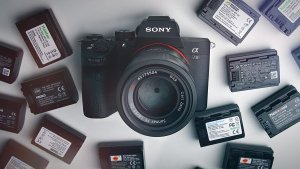




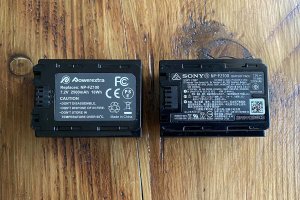
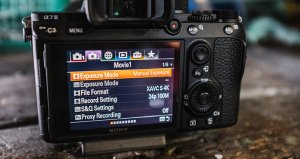



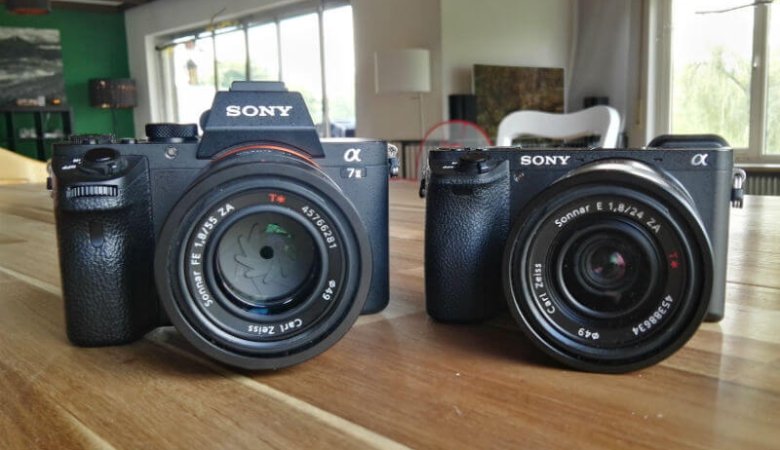
Leave a Reply